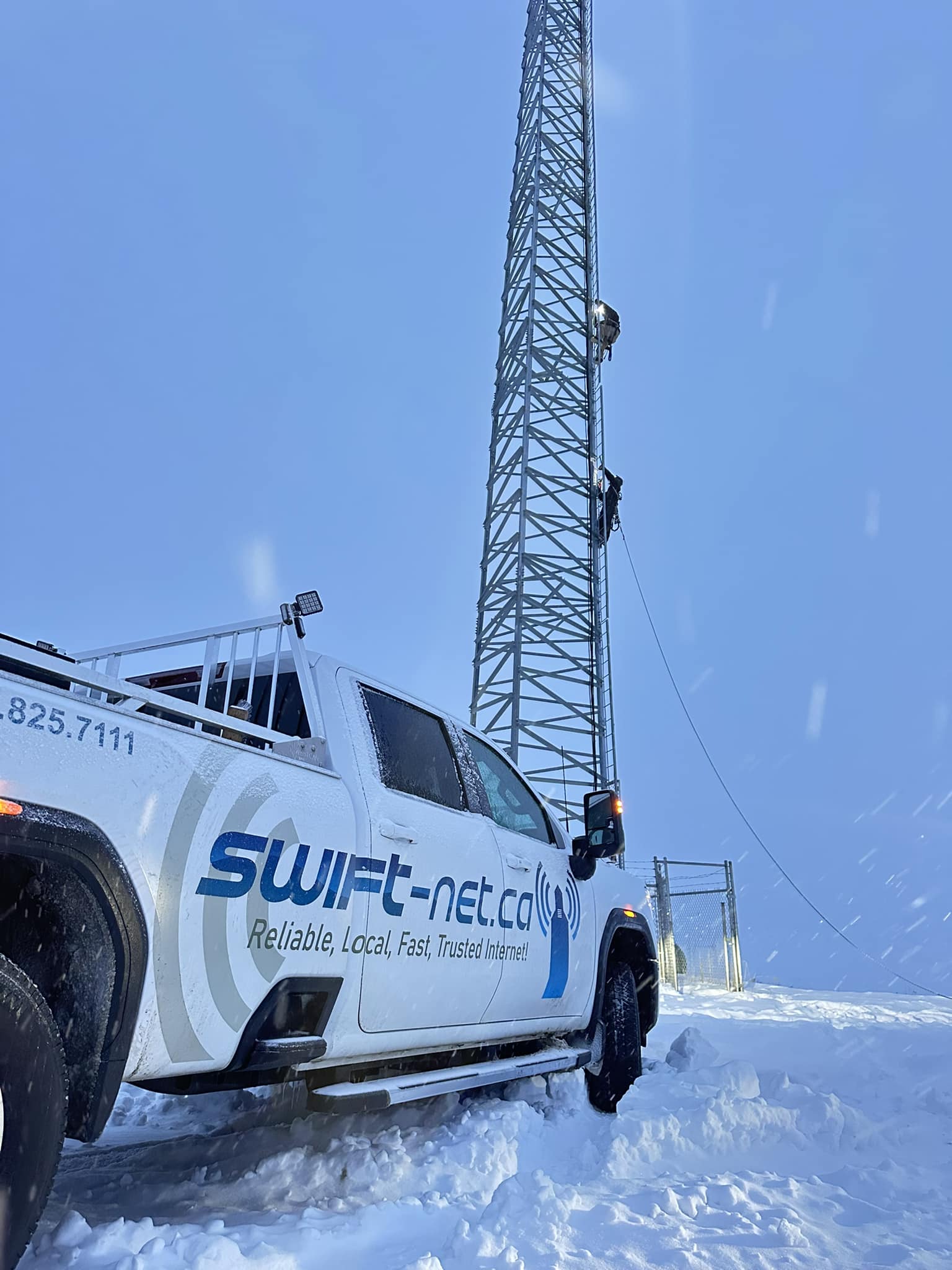The History of Rural Internet in Saskatchewan
For decades, residents of rural Saskatchewan have struggled with limited internet access due to vast farmland, remote communities, and a lack of traditional infrastructure. Over time, Wireless Internet Service Providers (WISPs) and new technologies have significantly improved connectivity, but challenges still remain.
The Early Days: Dial-Up & Satellite (1990s - Early 2000s)
Satellite internet became an alternative for extremely remote areas, but it was:
Expensive
Prone to high latency
Limited in speed (1 Mbps)
In the 1990's, rural Saskatchewan primarily relied on dial-up internet, which was slow and often unreliable due to long distances between users and telephone exchanges.
Despite these early options, rural users were left behind as urban centers moved towards broadband solutions.
DSL, Early WISPs, and Fixed Wireless Growth (2000s - 2010s)
In the early 2000s, DSL (Digital Subscriber Line) internet arrived in some smaller rural towns, offering faster speeds than dial-up.
Fixed Wireless Internet Service Providers (WISPs) began to emerge as an alternative to traditional ISPs in areas where laying fiber or cable wasn't feasible.
How WISPs Improved Rural Internet:
📡 Used radio towers to beam internet signals to homes and farms.
🏡 Allowed customers in remote areas to access broadband speeds without relying on phone lines or satellites.
💰 More affordable than satellite, with lower latency.
Key WISP Growth in Saskatchewan:
Local WISPs expanded coverage in underserved rural areas.
SaskTel introduced High-Speed Fusion Internet, a fixed wireless solution aimed at rural homes.
Despite these advancements, many areas still had limited speeds and strict data caps.
The LTE Revolution & WISP Expansion (2010s - Present)
The 2010s saw rapid LTE expansion, allowing cellular-based home internet for rural customers.
Fixed wireless WISPs became even more critical, expanding their towers and offering better speeds.
More providers started offering unlimited data plans, reducing restrictions for rural users.
The Future: Expanded WISP Coverage (2020s - Future)
Heavy government and private investment is committed to reaching all corners of rural Saskatchewan as early as 2027, stay tuned!
Conclusion: The Ongoing Role of WISPs

While large ISPs like SaskTel, Xplornet, and Starlink have made an impact, WISPs remain a key
player in delivering reliable and affordable internet access to rural Saskatchewan.
WISPs fill the gap where major providers won't invest.
Local service = better customer support and customized solutions.
More competition = lower costs and better service for rural users.
📡 Looking for fast, reliable rural internet in Saskatchewan?
🚀 Check out Swift-Net’s fixed wireless plans today!


